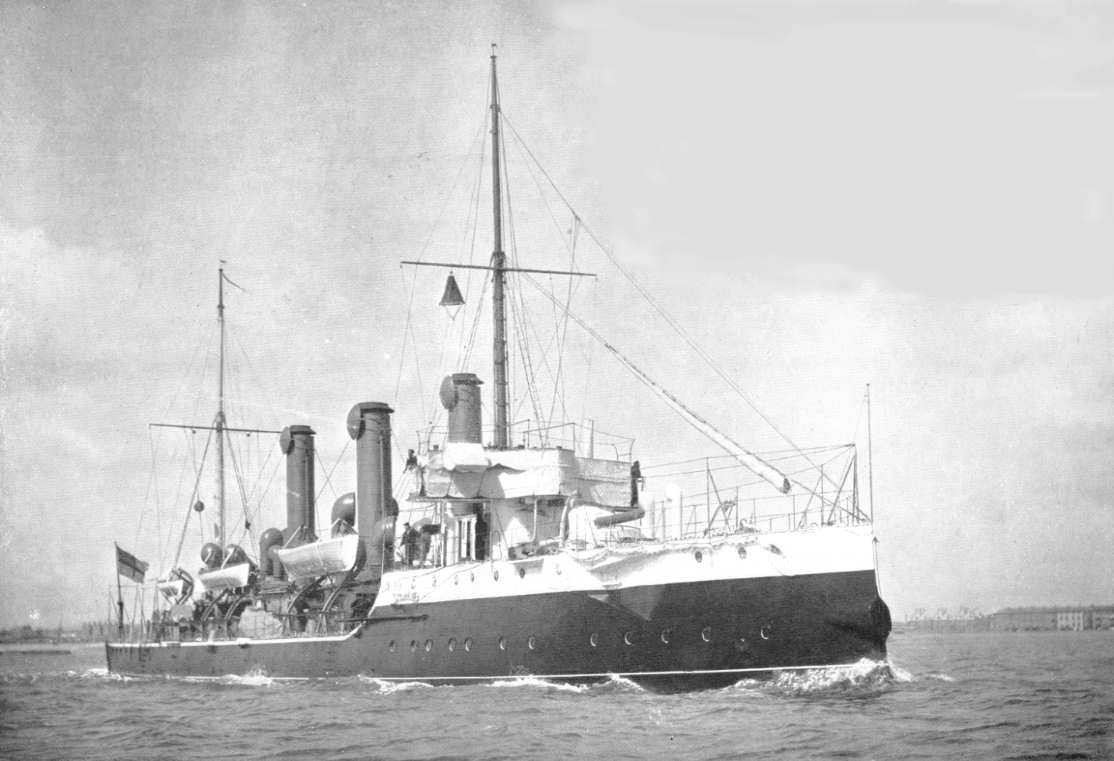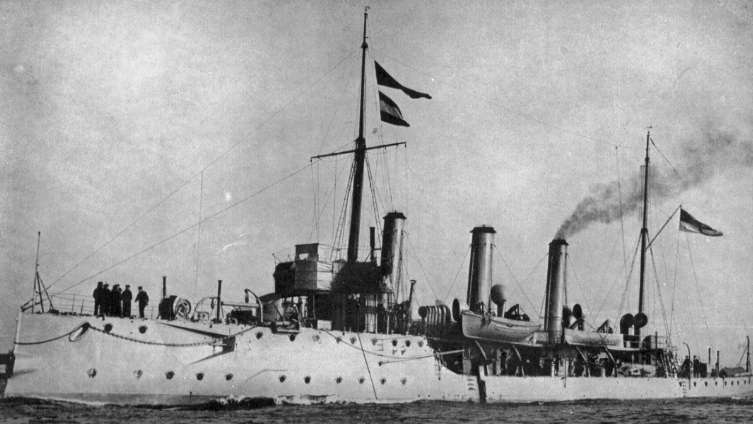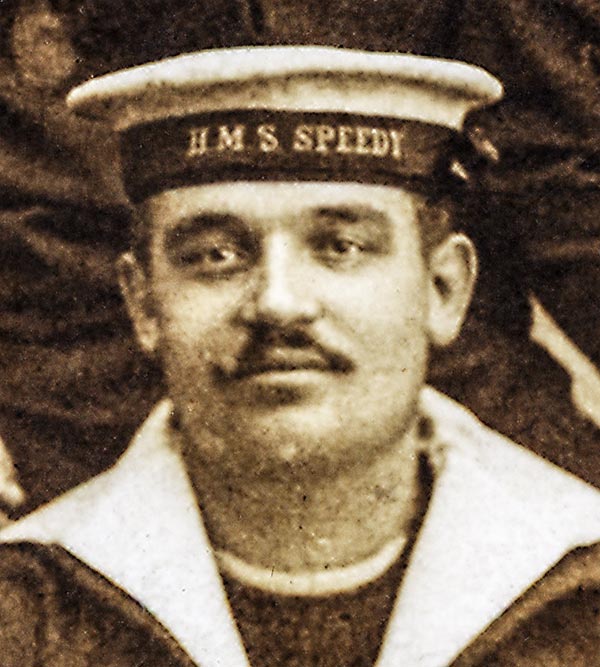I had never noticed that in that picture my grandfather was wearing a British Sailor hat. How did it land on his head? Was it a gift from its owner? They might have crossed path somewhere in a Mediterranean port. However, one thing is certain, by the time this picture was taken, HMS SPEEDY had been laying at the bottom of the North Sea for some time.

It is common knowledge that during WWI the Army sent the soldiers to be slaughtered in the trenches and battlefield. Less known is that the Navy did the same with its sailors.
Here is what I found:
HMS SPEEDY
- Built by: J. I. Thornycroft & Co. Ltd., Woolston (Southampton)
- Yard No.: 281
- Keel: 04/01/1892
- Launch Date: 18/05/1893
- Date of completion 20/02/1894
- Fully completed: March 1894
- Ex- Alarm Class Torpedo boat destroyer
- WW1 torpedo boat converted to a mine sweeper

HMS Speedy was a torpedo gunboat launched in 1893 and sunk by a mine in the Humber estuary in 1914.

HMS Speedy, service history, post 1900: Speedy was commissioned for service with the Mediterranean Fleet at Chatham on 16 January 1900 and was refitted at Chatham for services with the Fishery Protection Squadron at Harwich, being completed on 6 June 1905. During the refit, her torpedo tubes were removed.
The Speedy was damaged in a collision with a merchant ship in June 1906. After service with the Home Fleet between 1907-1909, the boat was re-converted into a mine-sweeper.

The perils of the early operations amongst the German laid mines was well shown by the cases of H.M.S. Speedy and the steam drifter Linsdell and H.M.S. Pathfinder.
On the night of the 25-26 August 1914, the Imperial German Navy Minelayer SMS NAUTILUS laid a minefield off the Humber estuary. When this became known, SNO North Sea Fisheries, Lowestoft, on 31 August, they dispatched HMS SPEEDY to find and clear this field, under the command of Lieutenant-Commander E.M. C. Rutherford R.N. With ten hired drifters.
On 2 September, HMD EYRIE struck a mine, which exploded aft, blowing off her stern and sinking almost immediately. Six of her crew, including the skipper T. Scarll R.N.R., were lost, but four survivors were picked up.
The next day, SPEEDY, in company with the HM Drifters LINSDELL, WISHFUL and ACHIEVABLE continued the work until about 1100 hours when LINSDELL struck a mine aft, which exploded and sank with the loss of four of her crew .
SPEEDY launched her boats to recover the survivors from the LINSDELL when she too detonated a mine aft, shortly afterwards. The resulting explosion blew off most of her stern and keel aft and she sank rapidly.
Officer Steward 2nd-Class E. A. Claxton was lost with the ship and several of the men were injured. Gunner A. C. Bright R.N. Severely so. Boats from other vessels rescued the survivors and the HMS SPANKER, another former torpedo boat, took the injured from both ships to Grimsby.
Two days later the light cruiser H.M.S. Pathfinder struck a mine about twenty miles off the East coast and foundered very rapidly, with heavy loss of life. Several steam drifters which were in the neighborhood hurried to the scene of the disaster and helped greatly in saving the survivors.
These were amongst the first of the losses which the British Navy sustained through mines, other losses including the battleships Irresistible and Ocean in the Dardanelles, on March 18, 1915; the battleships King Edward VII. and Russell, in the Mediterranean; the Arethusa, off the East coast, H.M.S. Lynx, North Sea, and Coquette, East coast; all these losses being due to mines.
REF:
http://www.wrecksite.eu/wreck.aspx?68811
http://www.cyber-heritage.co.uk/hmsdrake/
http://www.battleships-cruisers.co.uk/r_n_gunboats.htm
http://www.naval-history.net/Index0-1914.htm

